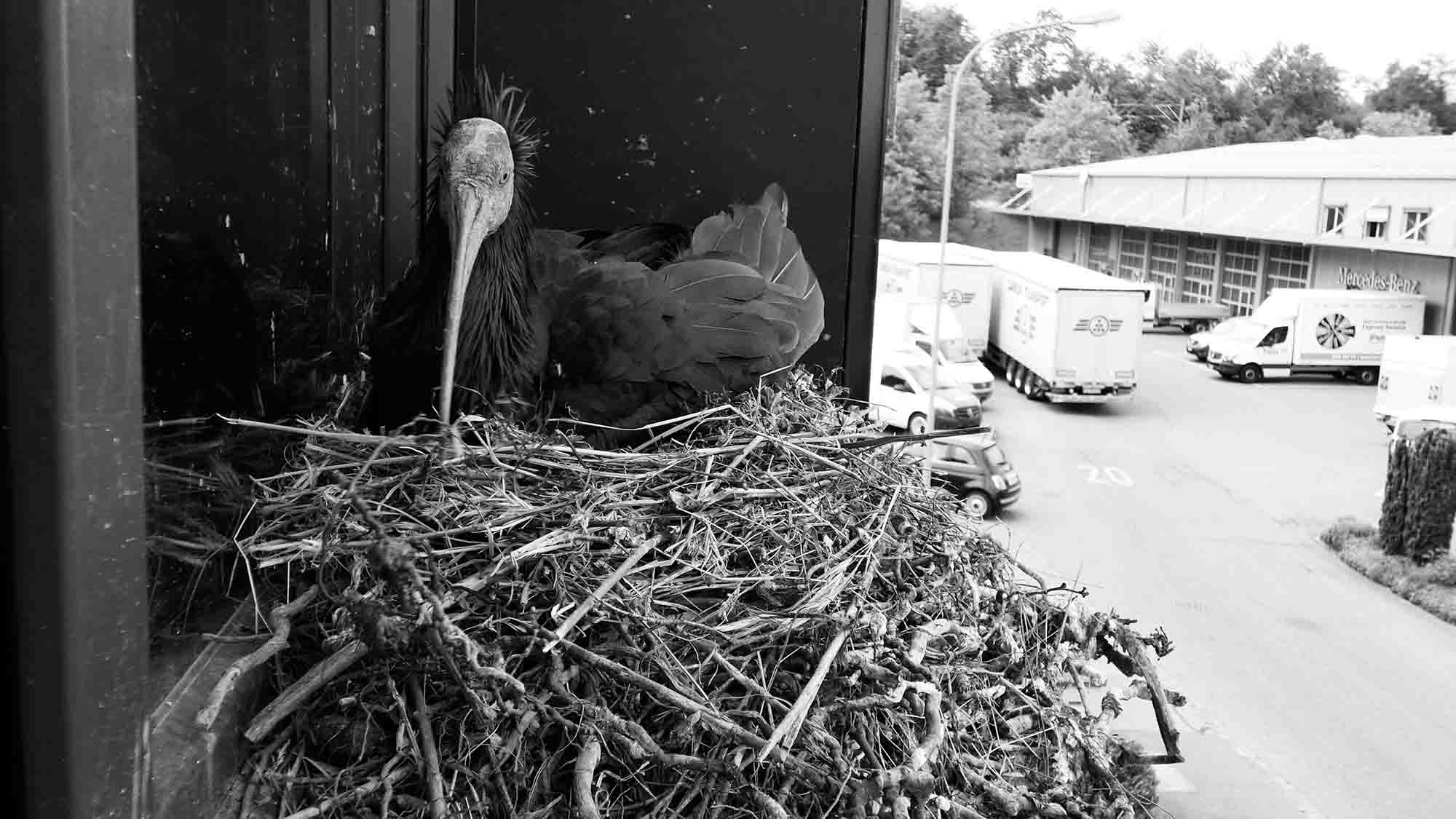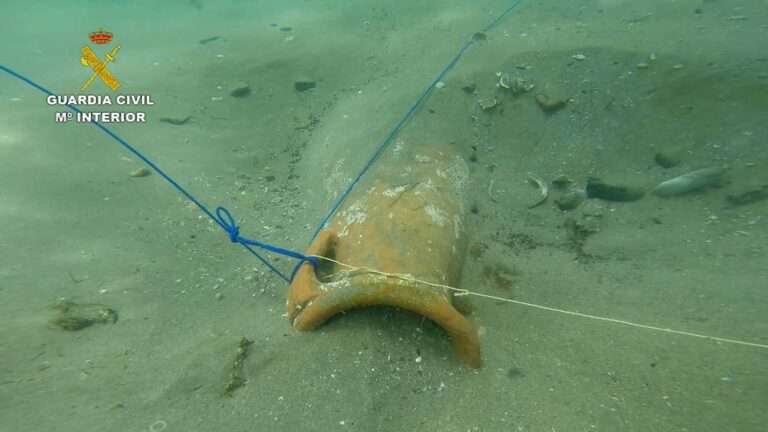An endangered northern bald Ibis being used in a programme to revive the vanishingly rare breed in Europe has been killed by poachers, police in Italy believe.
Wildlife experts are trying to trace the bird’s body after its GPS tracker recorded its death and then suddenly vanished, reports local media.
Male Enea and his breeding partner Rupert raised the country’s first-ever chicks in the wild in the last 400 years in a nest in the window of a Swiss Harley-Davidson motorbike garage last year.
Now police in Domodossola, Tuscany, are investigating after conservationists tracking the bird’s progress say he simply disappeared on 17th March.
Experts from the Bald Ibis Team Conservation and Research programme in Waldrapp, Switzerland, say Enea had left his winter home four days earlier for a warmer climate.

The bird’s GPS tracker shows he flew on a direct course towards central Switzerland but then turned back and landed in Italy where it died.
The conservation team said in a statement obtained by Newsflash: “In the late afternoon we received a sad update from Enea’s GPS, he had died.
“The very next morning, the alerted Carabinieri Forestale officers travelled to Domodossola to investigate the case and, above all, to recover the bird’s body and the GPS device.
“From the reconstruction we were able to make thanks to the GPS data, it appears that someone had made the body disappear and since then there has been no trace of Enea or the transmitter.
“The available data points to a criminal offence, especially as the Northern Bald Ibis is a migratory bird species threatened with extinction.”
They continued: “Enea is one of many Northern Bald Ibises that are demonstrably or very probably killed every year as a result of human activity.
“Each of these cases threatens the survival of this bird species, causes animal suffering and arbitrarily and completely senselessly cancels out a significant part of the measures taken to protect these charismatic migratory birds.”

Johannes Fritz from the Waldrapp team added: “Enea died on 17th March west of Lake Maggiore due to human influence.”
Fritz refused to disclose further details, as the investigation into Enea’s death is ongoing.
The species, recognisable for its tousled neck feathers and long curved neck, nearly went extinct due to illegal hunting in the 17th century.
It has been listed as ‘endangered’ on IUCN’s Red List of Threatened Species since 2018 after the Waldrapp reintroduction project helped revive the species up from ‘critically endangered’.
To find out more about the author, editor or agency that supplied this story – please click below. Story By: Georgina Jedikovska, Sub-Editor: Georgina Jedikovska, Agency: Newsflash
The Ananova page is created by and dedicated to professional, independent freelance journalists. It is a place for us to showcase our work. When our news is sold to our media partners, we will include the link here.




